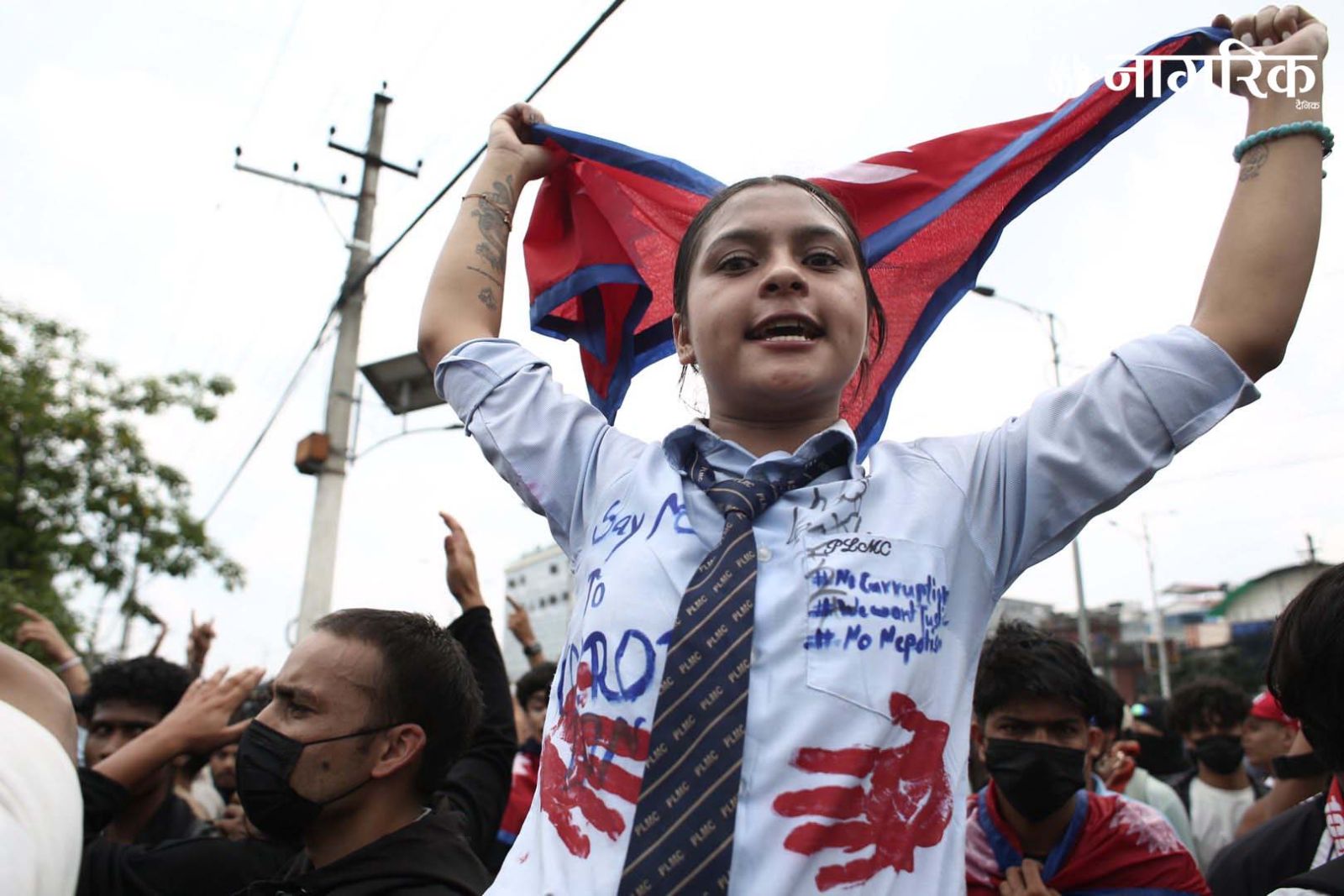I watched September 9 unfold not as a distant headline, but as a continuation of the tragedy that began on September 8. The resignation of the Prime Minister and several ministers validated the rage of the nation, yet the protests, meant to demand accountability and justice, spiralled into destruction that swallowed the very cause it sought to advocate.
During the chaos, political figures were attacked and humiliated. While many of these leaders have been linked to corruption scandals and the frustration with corrupt leaders is completely understandable, and the events of September 8 fuelled the rage in the protestors, physical violence cannot be justified. A movement meant to fight corruption should not replicate the same brutality it condemns. Political change must follow the rule of law, not mob violence. Physical attacks against anyone, even corrupt leaders, undermine the principle of justice. In a democracy, punishment for wrongdoing should come through judicial and legal mechanisms, not mob action. Otherwise, the protest itself loses legitimacy and can spiral into chaos, as we saw on September 9.
‘Sensitive Difficult Reflections’ concludes

As with September 8, opportunistic actors exploited the chaos. Politicised student union leaders, masquerading as independent protesters, set ablaze key national landmarks, including Singha Durbar, major courts including the Supreme Court, and even prisons, freeing thousands of inmates who continue to roam freely. Some youths vandalised private property, looting supermarkets, showrooms, and hotels. What should have been a movement against the theft of the nation’s resources became a campaign of opportunistic theft by some, as if the protest’s justification gave license to plunder.
I saw the generation I belong to — Gen-Z — caught in this maelstrom. While many of us used social media to clarify that we were not behind the destruction, we cannot entirely absolve ourselves. Our collective rage, fuelled by the tragedy of September 8, overwhelmed our capacity to think strategically. We failed to plan, to lead responsibly, and to safeguard the moral foundation of the protest.
Now, at a critical juncture, the nation contemplates an interim government under leaders like Mrs. Sushila Karki. Yet the youth remain fractured — debating popular figures like Balen Shah or Sagar Dhakal, or even jokingly recalling old leaders. The future, however, is not about who rises today, but about how we rebuild responsibly. We must accept that complete satisfaction is impossible; the nation requires structured, thoughtful planning that includes all generations — Gen-Z, millennials, Gen-X, and Boomers alike.
September 9 teaches a difficult lesson: righteous anger can validate injustice, but without discipline and foresight, it can become a wildfire that destroys everything it touches. Our responsibility now is to learn from it, unify, and guide the country toward a future defined not by mob violence, but by collective wisdom, planning, and the rule of law.





































